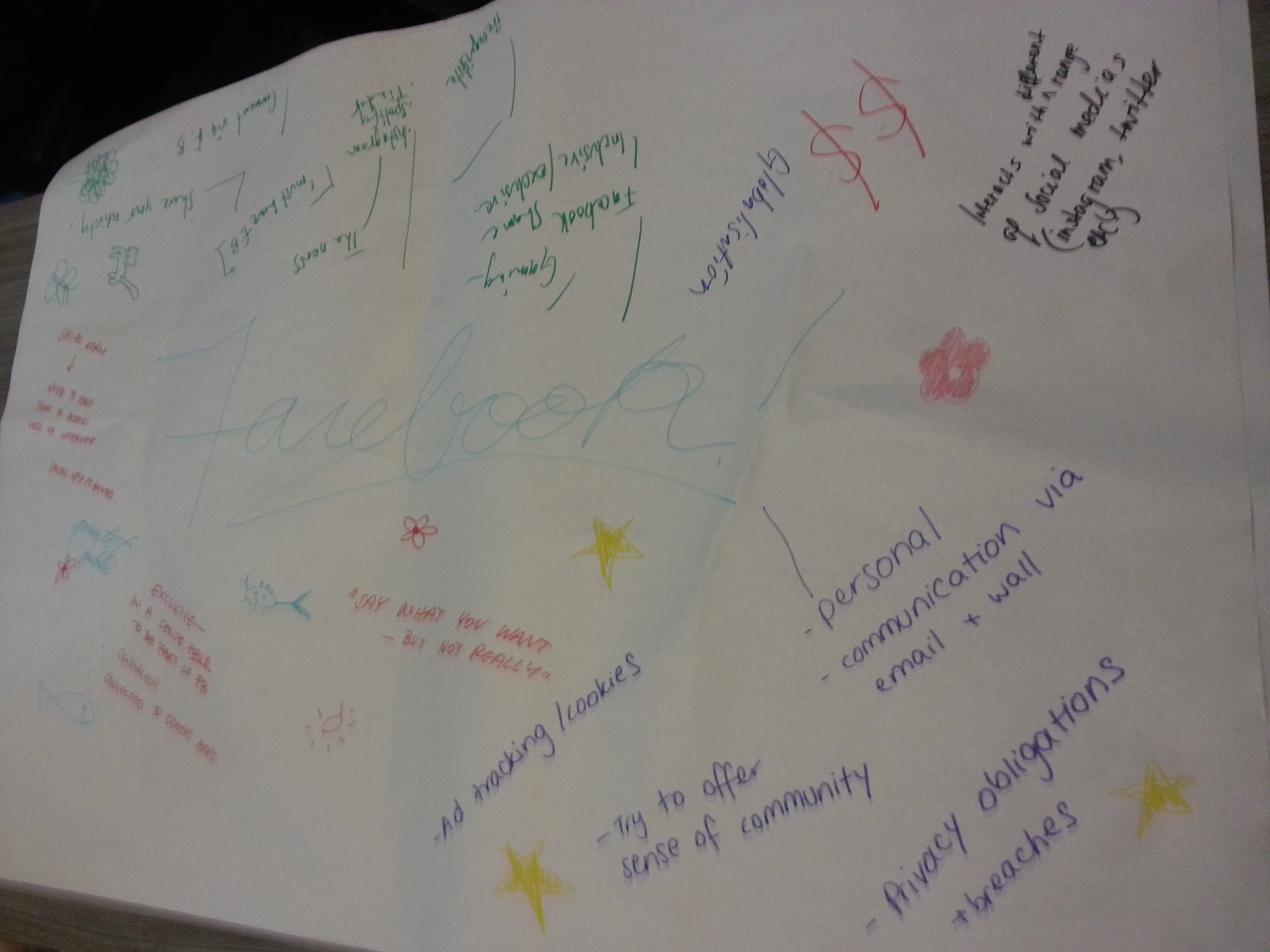Machines are becoming too intuitive or intelligent.
In 2001, A Space Odyssey this fear exists, the fear of something we depend on betraying us due to it’s intelligence. Hal is unclouded by emotions and human reasoning to get the job done. So dedicated that he is able to make the decision that results in the killing off a crew member and to fake the human emotions.
“Stop Dave, I’m Afraid.”
When we watch a video game demo in class concerning androids similar words are uttered. It seems this phrase has been pinnacle for discussing if this is an act of unfeeling intelligence where they are aware that reminding us humans of morality is a chance to enact sympathy from them.
Can also be viewed here
“Kara” from the demo watched in class, is an android who experiences thoughts and emotions. This mimics an important theme grappled with in neo-noir film Blade Runner what does it mean to be human? Where androids are programmed in a way were even they are convinced they are humans, how do they’re synthetic emotions differ from ours? This idea is further played out in movies like ‘Her’ that rather than relying on a sci-fi world to express this message. It is grounded in the now through the use of smart phones. It raises the question if Hal had been presented as an android coded as sweet innocent girl in “2001” could we have witnessed a different turn of events.
It’s obvious that this idea will continue to exist in popular culture as the idea of what it means to be human is in no way close to being solved. The question we have to ask ourselves however is how this representation will be changed as years go on. Will we come to fear machines again or continue to rely on them, questioning if we can form long lasting bonds with them?
Can also be viewed here


